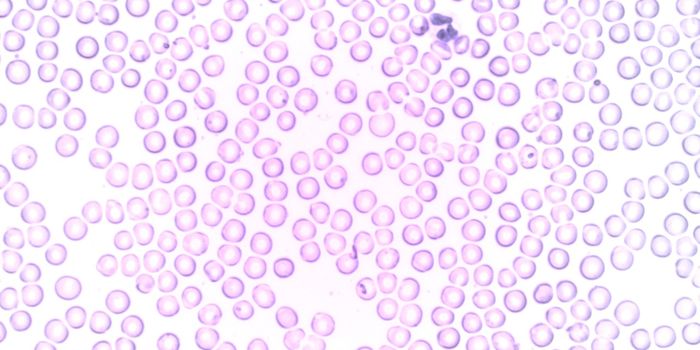How Stress Reprograms Cells
Cells use signaling networks to carry out their functions, and new work has shown how stress can reshape those networks. The research reveals novel mechanisms that relay messages to cellular machinery, and stave off cell death; it also shows how problems like water loss cause cellular reprogramming. The researchers have suggested that by using drugs that promote such adaptations, cells might be better able to prevent diseases like type 2 diabetes. The studies describing the findings have been published in Cell Reports and Molecular Cell.
"We discovered that cells switch off non-essential functions when faced with threats to their survival. At the same time, cells activate new mechanisms to sustain essential functions," said the senior author of both publications, Maria Hatzoglou, Ph.D., professor of genetics and nutrition at Case Western Reserve University School of Medicine, and member of the Case Comprehensive Cancer Center.
For this research, the scientists focused on cell stress caused by shrinkage from water loss, and that from dysfunction in an organelle called the endoplasmic reticulum, which is critical to protein synthesis. Many different things can lead to these particular stresses, and cells have to either adapt to it or die. The survival mechanisms employed by cells in the face of the stress are outlined in the report.
"Cells protect themselves by slowing down energy-consuming processes, such as protein synthesis. This prepares cells to reprogram the cellular machinery to make only the essential proteins needed for survival," explained Hatzoglou.
The Molecular Cell study indicates that cells under stress focus on the production of important proteins, so the endoplasmic reticulum is sustained, by sending signals along surprising chemical cascades. For the research in Cell Reports study, researchers exposed cornea cells to salt water, drying them. In response, the cells activated pathways that help move amino acids. As such, the cells could prevent water loss. The work suggests that medications targeting these transport pathways may be a therapeutic option for dry eye syndrome. Such medications could also be useful in the treatment of protein disequilibrium that leads to neurodegenerative diseases.
"Both our papers contribute to our understandings of the ways cells try to ensure proteins are properly folded and navigated through the cells, so they can reach their final destinations and assume their normal functions. This process is known as the 'integrated stress response,’” said Hatzoglou.
In the Molecular Cell report, the investigators describe how cells react to stress by remodeling, and a variety of pathways they utilize to survive stressful situations. As the cell moves to a mode of selective protein synthesis, it protects itself from critical dysfunction in the endoplasmic reticulum.
Dysfunction in that organelle was shown to be marked by a mechanism of cell death in which toxic pockets form inside of cells. It is similar to the foamy cell phenomenon seen in many diseases. Because it is a characteristic of childhood ataxias, it suggests that the ataxia may be related to dysfunctional endoplasmic reticulum in neurons.
This research may also lead to new diabetes therapeutics. "Patients who develop type 2 diabetes become ill because they make too much insulin. This causes the endoplasmic reticulum to be overwhelmed and unable to handle the sudden protein overload, leading to dysfunction. This dysfunction later kills insulin-producing cells in the pancreas," said Hatzoglou. "We believe by enhancing the adaptive response to increased insulin we can delay endoplasmic reticulum dysfunction and the onset of disease."
Sources: AAAS/Eurekalert! Via Case Western Reserve University, Cell Reports, Molecular Cell









